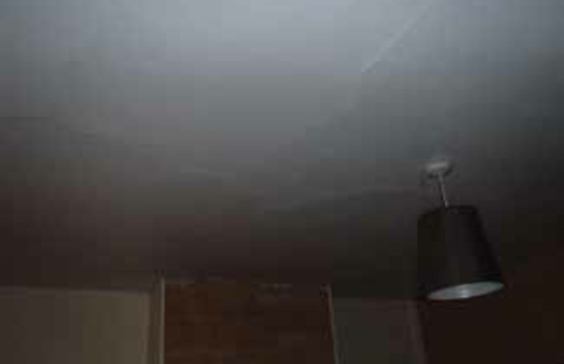
07 Nov, 2012/ by Surveyor Local /News
Before the introduction of plasterboard, lath and plaster ceilings were formed by applying plaster over narrow wooden strips known as laths, fixed to the underside of the ceiling joists.
The quality of the plaster was variable to poor, often being reinforced with horse hair. Depending to some extent on the quality of original workmanship, these ceilings are vulnerable to cracking and loosening as they age.
Due to the relatively fragile nature of this type of ceiling, failures can occur suddenly, without warning. The risk of failure will increase with time, and the buyer of this property was advised to anticipate the need for future repair and replacement work.
Significantly racked and uneven in places the ceilings are serviceable at the moment.
However, there was a need for fairly extensive localised plaster repairs, especially when stripping for redecoration work is undertaken. Lath and plaster ceilings can be prone to sudden failure and collapse especially when disturbed. A small repair can quite easily become a larger replacement.
Ceiling surfaces should be maintained in the normal way.
